Wondering whether your manifold temperatures are too hot? You aren't alone;
plenty of car owners are thinking the same thing.
Most exhaust systems reach temperatures from 300 to 1,600 degrees
Fahrenheit, depending on the engine speed, the condition of the
components, and the length of the exhaust pipe.
Diesel engines typically run between 800 and 900 Fahrenheit, but gas
engines tend to hold a steadier EGT due to their constant air-to-fuel
ratio.
In the subsequent sections, we will discuss the average operating
temperatures, the factors contributing to high heat, and the temperature of
various exhaust system components.
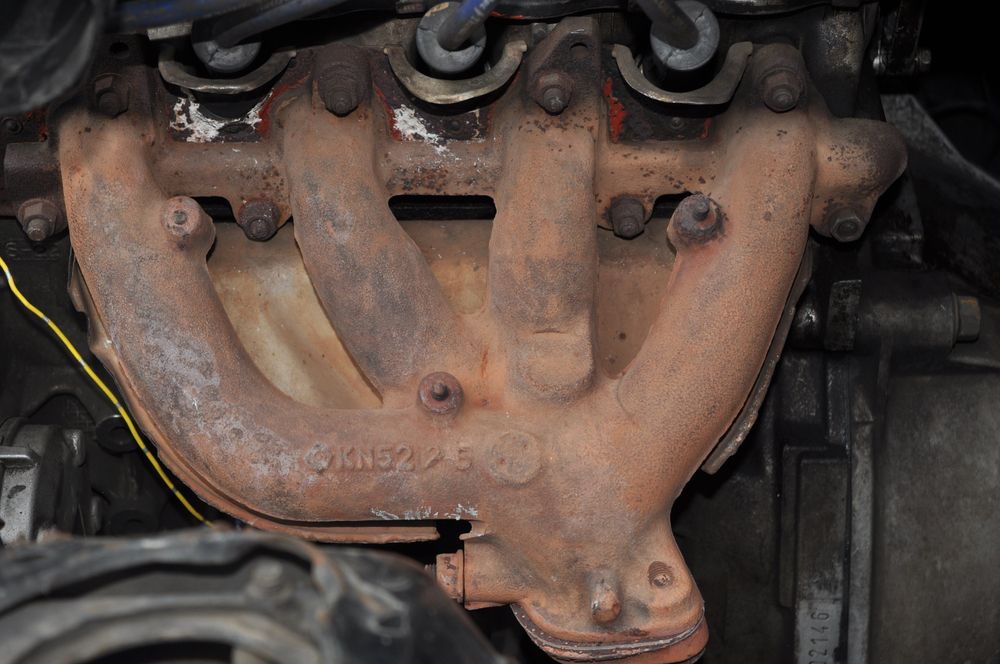 Exhaust manifold on an older engine.
Exhaust manifold on an older engine.
What Is Normal Exhaust Manifold Temperature?
Exhaust system temperatures range from 300 to 1,600 degrees Fahrenheit,
depending on the part you're examining.
Exhaust manifolds can easily reach 1,200 degrees Fahrenheit because the
exhaust gases are at their hottest point when leaving the engine.
Diesel engines have a typical EGT (exhaust gas temperatures) of around 300
to 500 Fahrenheit under part throttle conditions, rising to between 800 and
900 under a medium load.
The harder you push your car engine, the more heat the exhaust system
experiences.
In other words, the more RPM workload, the hotter your car exhaust because
the engine is consuming the most fuel and producing high torque levels.
Additionally, the closer the exhaust gas is to the cylinder head, the
hotter it'll be.
As the gases move away from the engine, they'll begin to cool off, lowering
the exhaust temperature.
Tests on exhaust system temperatures of standard cars showed ranges of 250
degrees Fahrenheit at 50kph to 550 degrees F at 112kph.
Exhaust Manifold Temperature Celsius?
The highest temperature an exhaust system should reach in Celsius is 850
degrees.
As for exhaust manifolds specifically, they can reach approximately 650
degrees Celsius since exhaust gases are hottest around the cylinder head or
inside the exhaust pipes.
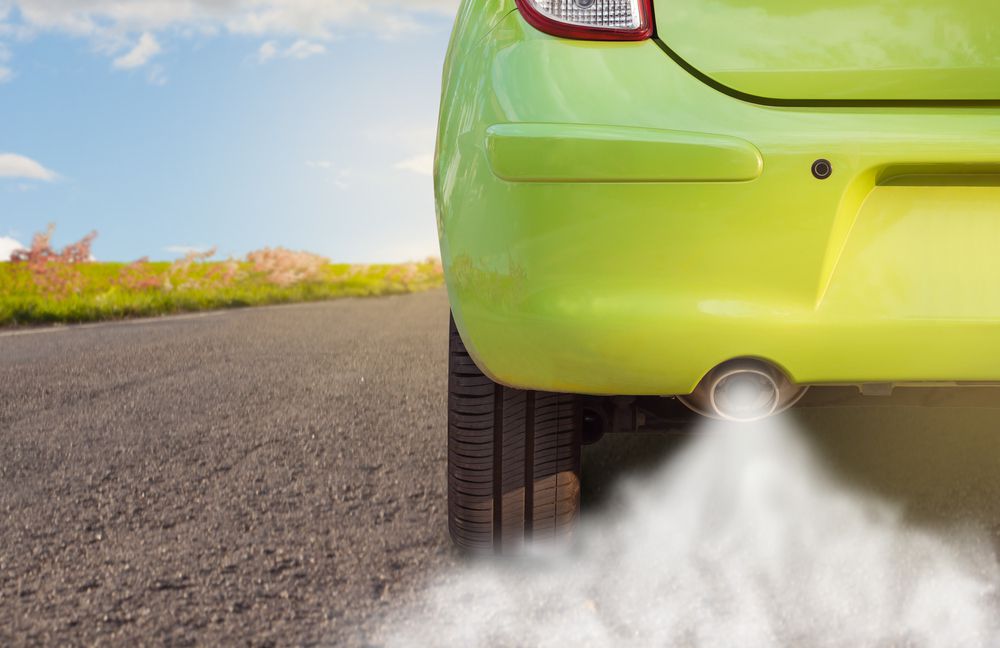 Hot exhaust exiting a car muffler.
Hot exhaust exiting a car muffler.
How Hot Is Engine Exhaust Gas?
The temperature of exhaust gases naturally fluctuates as they flow through
the car exhaust system.
Depending on which part it's in, exhaust gas could be anywhere from 300 to
1,600 Fahrenheit.
Exhaust systems typically consist of:
-
Exhaust manifolds
-
Resonator
-
Catalytic converters
-
Oxygen/lambda sensor
-
Muffler
-
Exhaust pipe
-
Tail pipe
The gas tends to reach its highest temperature at the manifold, where the
toxic gases are directed away from car engine bays and to the exhaust pipe
with the help of the cylinder heads.
Thanks to its cast iron construction, the manifold can deal with the
extreme temperatures.
Usually, three or four cylinders help remove the toxic gas and push it
through the front pipe.
Then, exhaust gases reach the first oxygen sensor before those containing
carbon monoxide and hydrogen monoxide flow through the catalytic converter.
After that, the second oxygen sensor compares readings to ensure the
catalytic converter worked and sends the transformed gases to the
resonator.
The muffler then shapes the noise the exhaust system produces before the
less harmful gases leave the tail pipe as exhaust fumes.
As the gas makes its way through the car exhaust, it cools down, ensuring
less heat damage on the sensitive components.
How Hot Do Exhaust Pipes Get Fahrenheit?
Your car's exhaust system boasts many components, but the exhaust pipe
tends to suffer the most extreme heat.
Under normal operation, exhaust pipes range from 600 to 930 Fahrenheit.
However, the temperatures naturally increase when driving for long periods
or taxing the engine.
Under these circumstances, you can expect the exhaust pipe to rise to
between 1,600 and 1,800 Fahrenheit.
Insulating this part of the exhaust system prevents excess heat from
escaping to other components and damaging them.
Heat control is essential for long-lasting exhaust systems, and it won't
impact the engine's performance.
To reduce heat damage, you can purchase exhaust wraps or heat sleeves that
cover the outside of the exhaust pipe or manifold in a spiral pattern.
Fiberglass, basalt, ceramic, and silica are excellent materials for exhaust
wraps, especially when combined with a mylar foil outer layer.
However, fiberglass begins melting at 1,500 Fahrenheit, so consider the
exact temperature of your exhaust pipe beforehand.
How Hot Does The Muffler Get?
Even though the muffler sits near the end of the system, the exhaust
temperatures remain fairly hot here at 300 to 500 degrees F.
Due to the heat inside the system, you must be ultra-careful when changing
or fixing the muffler.
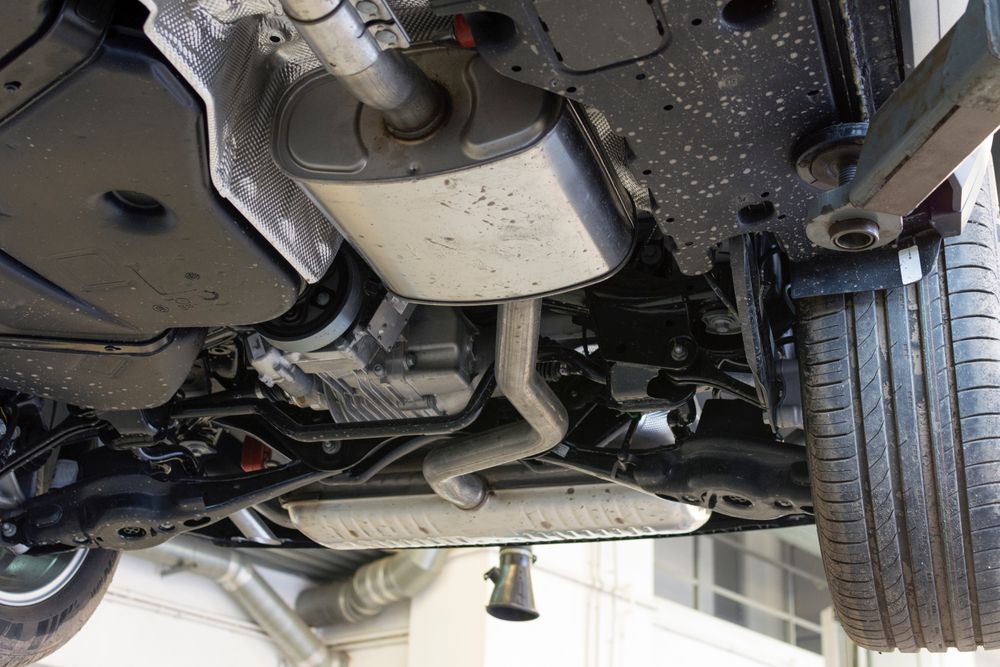 Catalytic converters may experience high temperatures.
Catalytic converters may experience high temperatures.
How Hot Do The Catalytic Converters Get?
A chemical reaction occurs in the catalytic converter.
Therefore, it experiences higher temperatures.
Generally, you can expect a catalytic converter to be around 1,000
Fahrenheit.
If unburnt gases travel through them, the temperature can skyrocket to
2,000 degrees Fahrenheit and turn a searing red color.
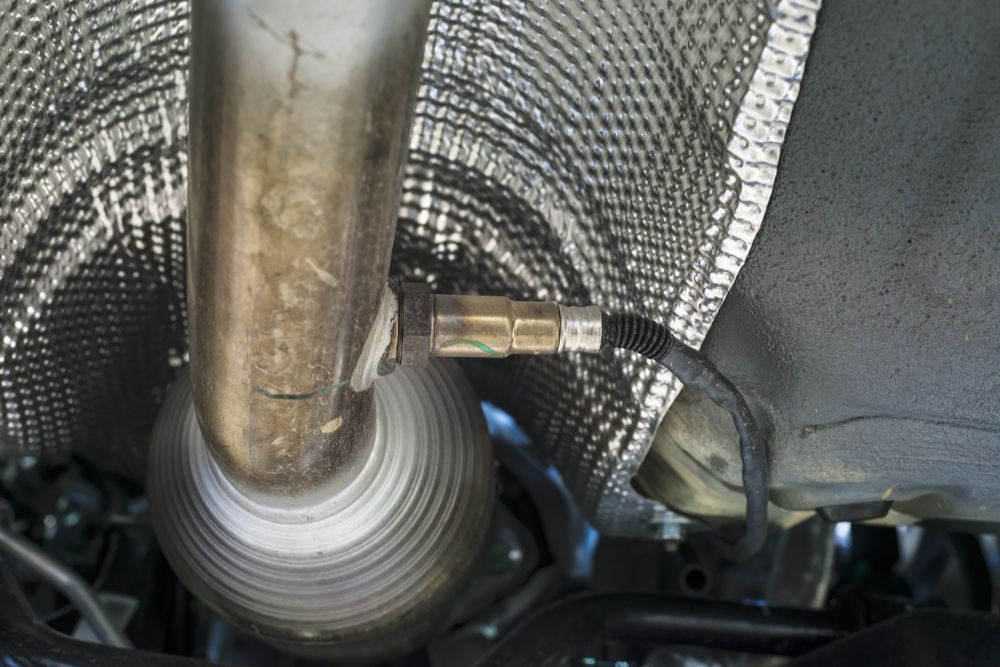 Oxygen sensor in an exhaust pipe.
Oxygen sensor in an exhaust pipe.
Does The Oxygen Sensor Get Hot?
Since oxygen sensors exist at various points of the exhaust system, their
temperature varies.
The first one must withstand the most extreme heat.
However, the sensors situated after the catalytic converter may experience
excess heat if the converter overheats.
What Causes High Heat In The Exhaust?
These three main factors affect exhaust system and manifold temperatures:
#1 Condition Of The Engine And Exhaust System
The overall health of the engine and exhaust system plays a huge role in
the temperature.
Restrictions in the system can cause high heat as hot exhaust fumes can't
escape properly.
Plus, a heavy load can exceed normal engine bay temperatures.
If your car is performing admirably, then you can assume your engine is in
good condition and generating the perfect amount of exhaust gas heat.
#2 Exhaust Pipe Length And Design
Every exhaust system is different.
Car manufacturers design unique shapes and pipe diameters to suit their
vehicles.
However, it isn't just about aesthetics.
The length and width of the exhaust pipes determine how cold or hot the
exhaust becomes.
When the gas must travel a long way to reach each component, the cooler it
will be at the end.
On the other hand, exhaust gases that don't have far to travel will be
hotter at the finish line, causing higher pipe temperatures in these
vehicles.
#3 Engine Speed
Gas is produced due to the combustion process in the engine bay.
Therefore, the faster it moves, the more gas will run through the pipes
because fuel consumption increases.
You should expect to see a massive difference between the temperature at
full throttle and no load.
How Hot Does A Cast Iron Exhaust Manifold Get?
Most cars have cast iron manifolds.
Thus, they can reach 1,200 degrees F quite easily.
That said, it's rare to find temperatures this high under regular
operation.
Typically, the manifold will reach 1,200 to 1,800 degrees F if the exhaust
system contains impingements or constrictions.
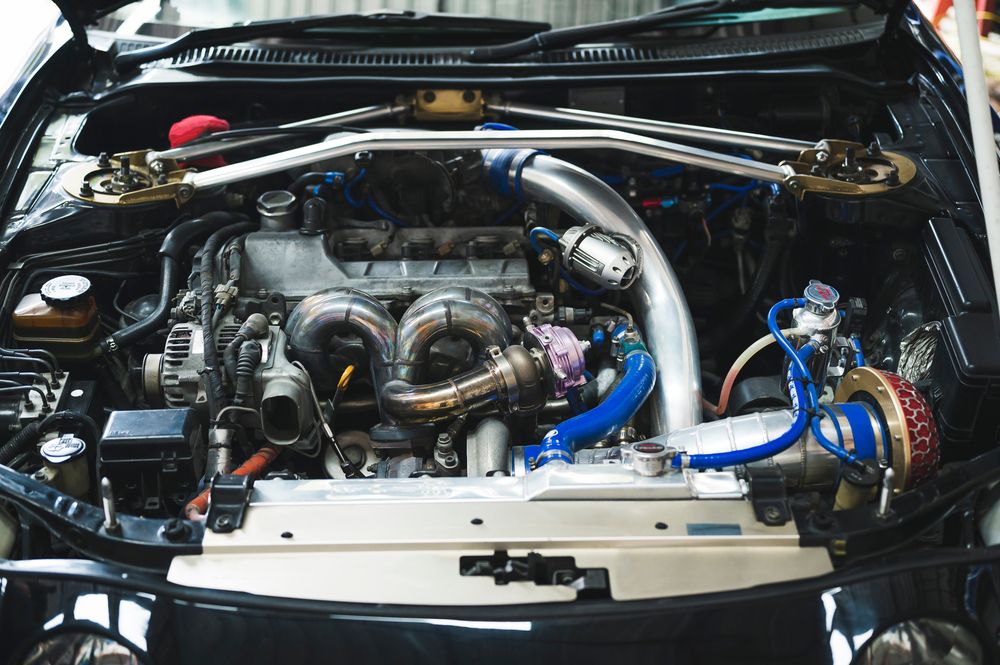 Four cylinder exhaust manifold.
Four cylinder exhaust manifold.
How Hot Does A 4 Cylinder Exhaust Manifold Get?
A four-cylinder exhaust system will reach 1,200 degrees F like a two- or
three-cylinder model.
There's still only one manifold, and the system doesn't heat due to the
extra cylinders.
The highest temperature will be around the bends in the manifold and the
catalytic converter.
How Hot Does A V8 Exhaust Manifold Get?
V8 engines are eight-cylinder piston engines involving a V-configuration of
two lots of four cylinder heads.
As with four-cylinder systems, the manifold can reach 1,200 degrees F, but
it shouldn't reach these temperatures during regular driving conditions.
Remember: when the load increases, so does the temperature in the exhaust
system.
How Hot Does A Diesel Exhaust Manifold Get?
A normal EGT for a diesel engine manifold is between 300 and 500 degrees F
during no-load or part-throttle scenarios.
Under a medium workload, manifolds on diesel vehicles operate at around 800
to 900 degrees, only rising to 1,000 to 1,200 under super heavy loads or
full-throttle circumstances.
Based on the flow and turbo RPM, measuring temperatures after the turbo
point are approximately 100 degrees F colder.
In performance cars with diesel engines, EGTs can stretch above 1,500
degrees F.
Gas engines usually hold more stable exhaust gas temperatures than diesel
models since its fuel and air flow ratios remain constant, thanks to the
oxygen sensors.
Can You Use JB Weld On Exhaust Manifold?
You can use JB Weld ExtremeHeat to repair all sorts of components that deal
with extreme temperatures, including:
-
Mufflers
-
Manifolds
-
Catalytic converter
-
Exhaust pipes
-
Engine blocks
-
Exhaust port
It's useful for fixing cracks, insufficient seam connections, small gaps,
or holes around the exhaust system to ensure proper heat conduction and
protection.
Conclusion
Hopefully, we've managed to clear up all your manifold temperature
concerns.
No matter your engine type, it should rarely (if ever) exceed 1,600 degrees
Fahrenheit.
If you're experiencing high heat, check the condition of the engine and
exhaust system, and adjust your driving style to lower the RPMs.